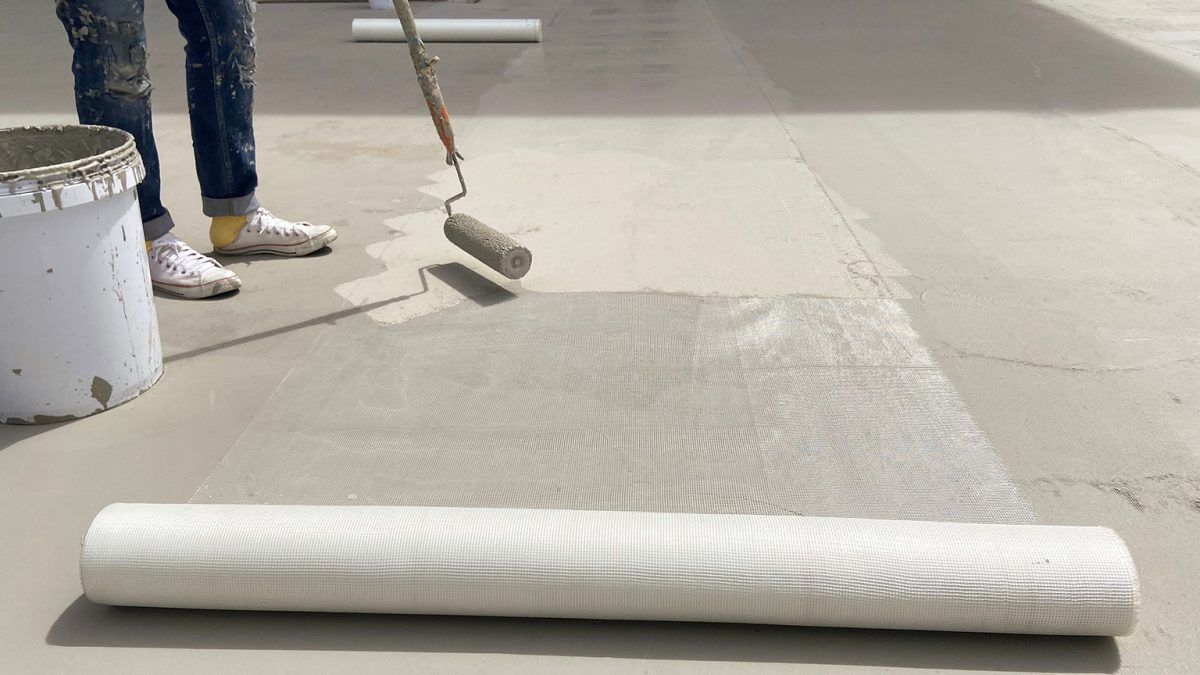Metal Roof Leaks: Common Causes And Ways To Fix Them
A metal roof typically lasts 40-70 years when correctly installed by a professional roofing contractor. Metal roofs are durable, energy-efficient, safe, environmentally sustainable, do not require much maintenance, and offer high performance. They are considered ideal for both residential and commercial properties. However, like other roofing systems, a metal roof is not indestructible. Roof leaks are a common problem that several homeowners encounter with metal roofs.

A metal roof is vulnerable to developing leaks eventually, especially during heavy rains or storms. If a newly installed metal roof develops a leak, it is most likely due to insufficient roof slope, missing or improperly secured panels, and missing or improper flashing. However, leakage is not a problem only with an improperly installed roof.
Let us look at a few reasons metal roofs can experience leaks and what to do about it.
Roofing screws
The culprit behind the majority of metal roof leaks is the screws or fasteners. These screws have a rubber washer at the screw head base. The rubber washer creates a seal between the roofing panel and screw head when the roofer inserts the screw into the metal plate. When done right, these screws keep out water from penetrating the roof. However, issues like under-driven screws, misaligned screws, and over-driven screws can lead to leaks. Harsh winters and summers can also deteriorate the screws and break their seal. A roofing expert can inspect and identify the screws creating problems and fix them.
Missing sealant
Though sealants are installed with metal roofs, they do not have the same lifespan, and their replacement is a part of periodic roof upkeep. Damaged, missing, or incorrectly applied sealants can result in leaks. Inspect the sealant around roof transitions, ridge caps, pitch pans, and counter flashings for signs of problems. While replacing sealant, only use the one specifically meant for metal roofs, like high-solid polyether or silicone sealant, and can provide an effective seal when the metal roof expands or contracts.
Rust
When a rusted metal roof is ignored or left unattended, it can peel the coating and lead to holes or scaling, resulting in significant structural damage. A rust inhibitor can eliminate the rust and prevent its spread.
Stack flashing
Stack flashings are made from rubberized material and installed around plumbing and air vents to create a seal. As the metal roof expands and contracts due to extreme heat, it strains the stock flashing with time, causing it to fail eventually. The best way to prevent leaks and keep the interiors dry is to call a roofer to replace the stack flashings.
Seams and Overlap
A capillary draw is when water travels uphill, against gravity, between two closely connected metal pieces. Because of capillary action, seams where two metal roofing pieces overlap often develop leaks. These places require proper sealing. Use a sealant or butyl tape between the two metal pieces to prevent a capillary draw. Inspect these areas regularly to ensure they are secure.
The most critical step to fix a metal roof leak is to identify the underlying cause. Sealants and tape are excellent for metal roof repairs. Contact a
metal roofing company to repair leaks on your roof and restore its proper functioning.


